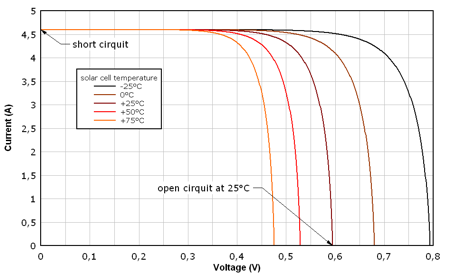


If the light-generated minority carrier reaches the p-n junction, it is swept across the junction by the electric field at the junction, where it is now a majority carrier. The carriers are separated by the action of the electric field existing at the p-n junction. Collection of these carriers by the p-n junction prevents this recombination by using a p-n junction to spatially separate the electron and the hole.If the carrier recombines, then the light-generated electron-hole pair is lost and no current or power can be generated. Electron-hole pairs will generate in the solar cell provided that the incident photon has an energy greater than that of the band gap. However, electrons (in the p-type material), and holes (in the n-type material) are meta-stable and will only exist, on average, for a length of time equal to the minority carrier lifetime before they recombine. Absorption of incident photons to create electron-hole pairs.An animated ideal flow at short circuit is shown at this link. Ī light-generated current: Generation of current in a solar cell, known as the “light-generated current,” involves two important processes. An animated visual explanation is shown in this link. Movement of electrons to the p-type side exposes positive ion cores in the n-type side, while movement of holes to the n-type side exposes negative ion cores in the p-type side, resulting in an electron field at the junction and forming the depletion region. Due to this joining, excess electrons from n-type try to diffuse with the holes of p-type whereas excess hole from p-type try to diffuse with the electrons of n-type. Crystalline (Wafer-Based) and Thin-Film Photovoltaic CellĪ p-n junction: It is formed by joining p-type (high concentration of hole or deficiency of electron) and n-type (high concentration of electron) semiconductor material.


 0 kommentar(er)
0 kommentar(er)
